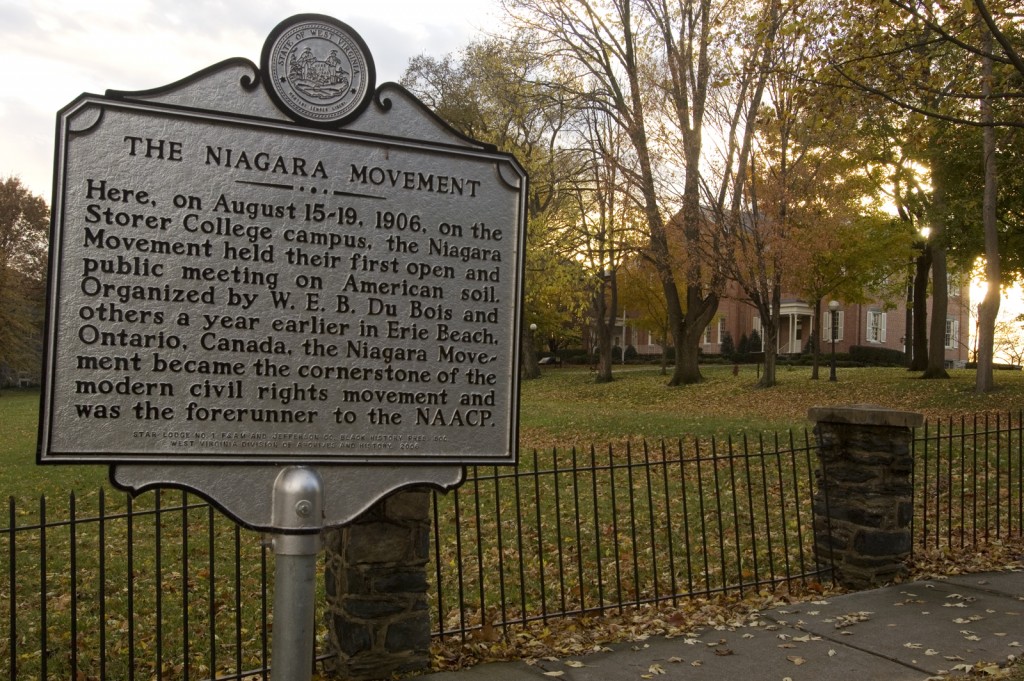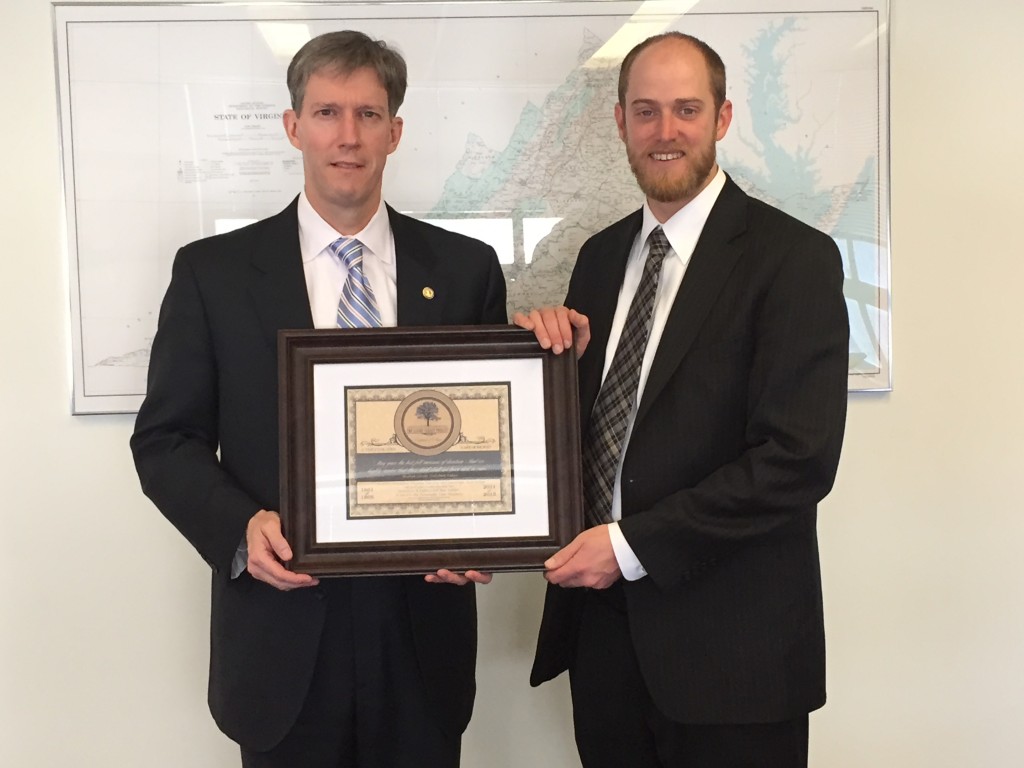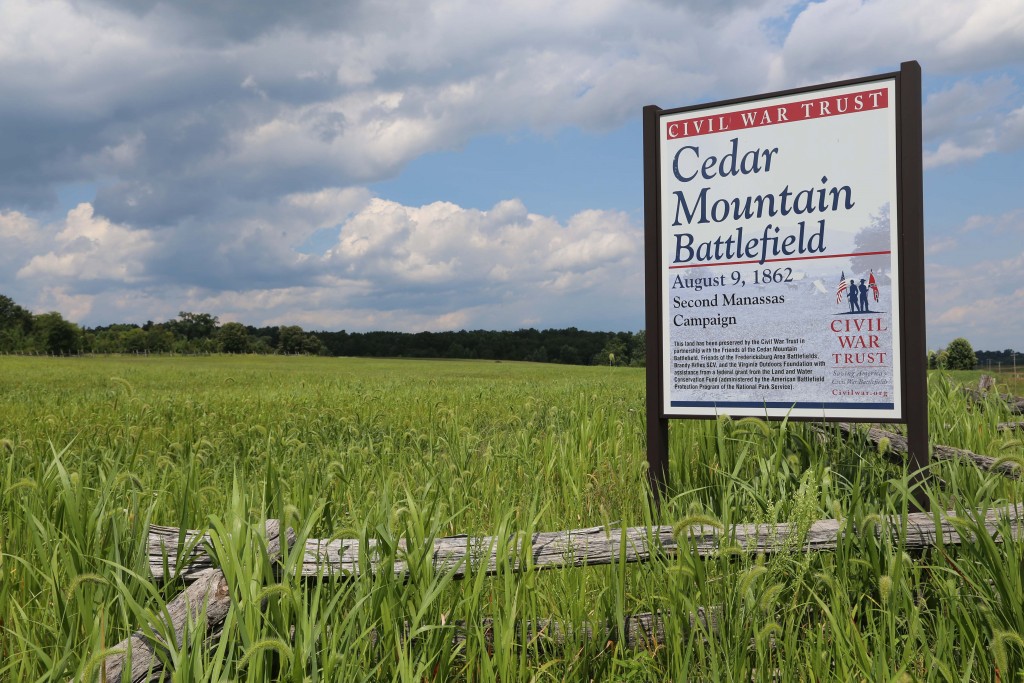The Journey Through Hallowed Ground National Heritage Area contains a rich collection of historic destinations that chronicle the African American experience from slavery to civil rights. In addition to the plethora of Civil War battlefields (including Gettysburg, Manassas, Harpers Ferry, Antietam, Monocacy, and The Wilderness) that interpret the issue of slavery to varying degrees, here are a few additional suggestions that will help you decide to Take the Journey.
Antietam National Battlefield, located in Washington County, Maryland, is a must for visitors interested in learning more about the Emancipation Proclamation. The Union victory at the Battle of Antietam on September 17, 1862, led President Abraham Lincoln to release the preliminary Emancipation Proclamation five days later. The Emancipation Proclamation substantially altered the character of the war from Restoration of the Union alone, to freedom for all. As Historian Bruce Catton wrote, “It finally determined that the Civil War was not merely a war for reunion but also a war to end human slavery; turned it from a family scrap into an incalculable struggle for human freedom.” For more information visit, www.nps.gov/ancm/index.htm.
Another not to miss place to visit within the Journey Through Hallowed Ground National Heritage Area is Harpers Ferry, West Virginia. The historic quaint town has played a prominent role in the Civil Rights movement, starting with John Brown’s uprising there in 1859. On May 30, 1881, abolitionist Frederick Douglass gave an address on John Brown on the campus of Storer College, stating “If John Brown did not end the war that ended slavery, he did at least begin the war that ended slavery. If we look over the dates, places and men, for which this honor is claimed, we shall find that not Carolina, but Virginia- not Fort Sumpter, but Harper’s Ferry and the arsenal- not Col. Anderson, but John Brown, began the war that ended American slavery and made this a free Republic.” Harpers Ferry continued to be at the center of the African American experience in the early Twentieth Century. The Niagara Movement convened there in August 1906 with leaders such as WEB Dubois and others, which became the precursor of the NAACP. For more information, visit www.nps.gov/hafe/index.htm.
The Historic Preservation Society of Gettysburg – Adams County (HGAC) leads Underground Railroad tours at the site of McAllister’s Mill, adjacent to the Gettysburg National Military Park along the Baltimore Pike. The site, now a ruin with foundations and waterways still visible, was most probably one of the first stops made in Adams County by people seeking freedom on their flight north from slavery. About two miles south of Gettysburg and six miles north of the Mason-Dixon Line, McAllister’s Mill provided shelter to hundreds of freedom seekers during the years leading up to the Civil War. After receiving assistance at the late 18th century grist mill, the formerly enslaved were guided north about 10 miles into Upper Adams County to the homes of free African Americans and Quaker Abolitionists, forming critical links in one of the earliest regional networks of the Underground Railroad in the nation. In 2011, the McAllister Mill site was accepted into the National Park Service National Underground Railroad Network to Freedom, a nationwide collection of sites that have a verifiable association to the Underground Railroad. To make arrangements for one of the tours, which start in May, call McAllister Mill Tours at (717) 659-8827. For more information on the Network to Freedom, consult the NPS website at www.nps.gov/history/ugrr.
Two historic sites in Frederick, Maryland highlight the discourse that occurred over the issue of slavery. At Kemp Hall, members of the state’s legislature hotly debated the issue as they met to decide whether to secede from the union. Also, the Taney House interprets a property owned by Roger Brooke Taney, the fifth Chief Justice of the United States Supreme Court. Taney was mainly known for his affiliation with the Dred Scott decision. To get started, check out www.hsfcinfo.org/taney/index.htm
Continuing down Route 15, the Journey Through Hallowed Ground National Scenic Byway, visitors should stop by Oatlands Plantation in Leesburg, Virginia. Oatlands was formed in 1798 from 3,408 acres of prime Loudoun County farmland by a young bachelor named George Carter, a descendant of one of Virginia’s first families. Basing his plantation economy on wheat production, Carter eventually branched out to grow other small grains; and in 1801 he began calling his plantation “Oatlands.” In 1804 Carter began building a classic Federal-style mansion near the southern boundary of his property. As his farm took hold and his financial position strengthened, he added a terraced garden and numerous outbuildings to the property, including a propagation greenhouse, a smokehouse, and a three-story bank barn. Just prior to the Civil War Oatlands housed the largest slave population in Loudoun County, numbering 128 people. On January 5th, the historic site will host a program that includes a reading of the Emancipation Proclamation, historical commentary and scene painting from area historians and educators, a lantern-light walk around Oatlands with slave remembrance commentary and hymns, and concluding with discussion and input from those in attendance on the anniversary. For more information, visit www.oatlands.org.
Significant African American sites in Prince William County include Lucasville School, a one-room schoolhouse built solely for African American children; the Ben Lomond Historic Site, which has one of the few remaining public slave quarters in Northern Virginia; and the Jennie Dean School memorial, highlighting a school founded by a former slave and was one of the only sources of higher education for African Americans in Northern Virginia. Details are available at www.discoverpwm.com.
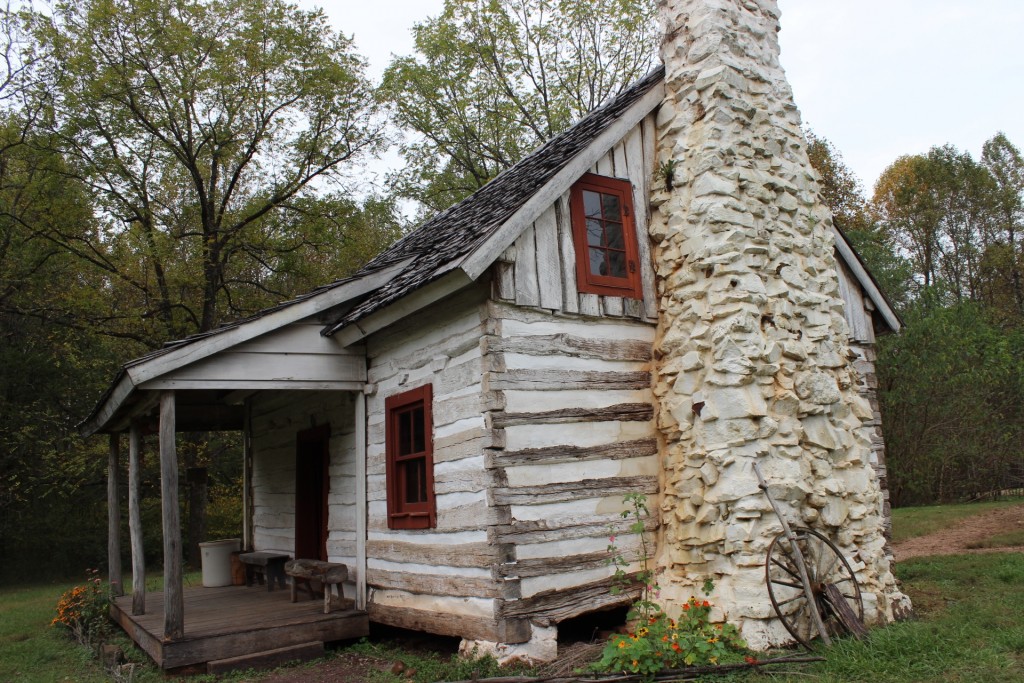
The arc of citizenship, from 18th Century Slavery through the Jim Crow Era, can also be found at Montpelier, the former home of President James and Dolley Madison. Understanding daily life at Montpelier during the 18th and early 19th centuries must include an understanding of the contributions and sacrifices of the enslaved community who were an integral and intimate part of Montpelier life. The post-emancipation era at Montpelier has come to be defined by George Gilmore and his family. Born into slavery at Montpelier, Gilmore and his wife and children were living as a freed family near the property by December 1865. The Gilmore family eventually purchased a plot of land from Dr. James Ambrose Madison and established a small, independent farm. They resided in a log cabin that would be home to at least three generations of Gilmores. And finally, the Montpelier Train Station houses a permanent exhibit entitled In the Time of Segregation. Interpretive panels found in and outside the depot address the local African-American community who lived in this area throughout the period of segregation, the codification of laws which dictated that blacks and whites be given “separate but equal” accommodation. Like other southern railway stations of the early twentieth century, the station’s depot building was designed to comply with state racial segregation laws. White and black passengers at the depot were required to use separate waiting rooms and ticket windows. During the same era, postal services at the depot were integrated because of federal laws that forbade racial segregation in U.S. post offices. By the end of the 1950s, all of the services at the Montpelier Train depot had become fully integrated. To learn more, visit www.montpelier.org.
The Jefferson School African American Heritage Center preserves the rich heritage and legacy of the African American community of Charlottesville-Albemarle, Virginia. Through inter-generational offerings, the Center will promote a greater appreciation for and understanding of, the contributions of peoples of color locally, nationally, and globally. The Heritage Center is located in the heart of the African American community, its main constituency. In the early 1960s, the City of Charlottesville undertook an urban renewal project that ruptured the core of the African American community. For more information, visit www.jeffschoolheritagecenter.org.
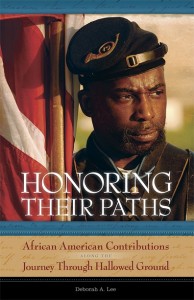
There are many other historic sites pertaining to the African American experience, Civil War, freedom, or emancipation throughout the Journey Through Hallowed Ground National Heritage Area. Additional information, including a county by county listing of sites, can be found in the book Honoring Their Paths: African American Contributions Along the Journey Through Hallowed Ground, written by Deborah A. Lee and published in 2009. To purchase a copy, or to request maps, suggested itineraries, and other information, visit www.hallowedground.org.
